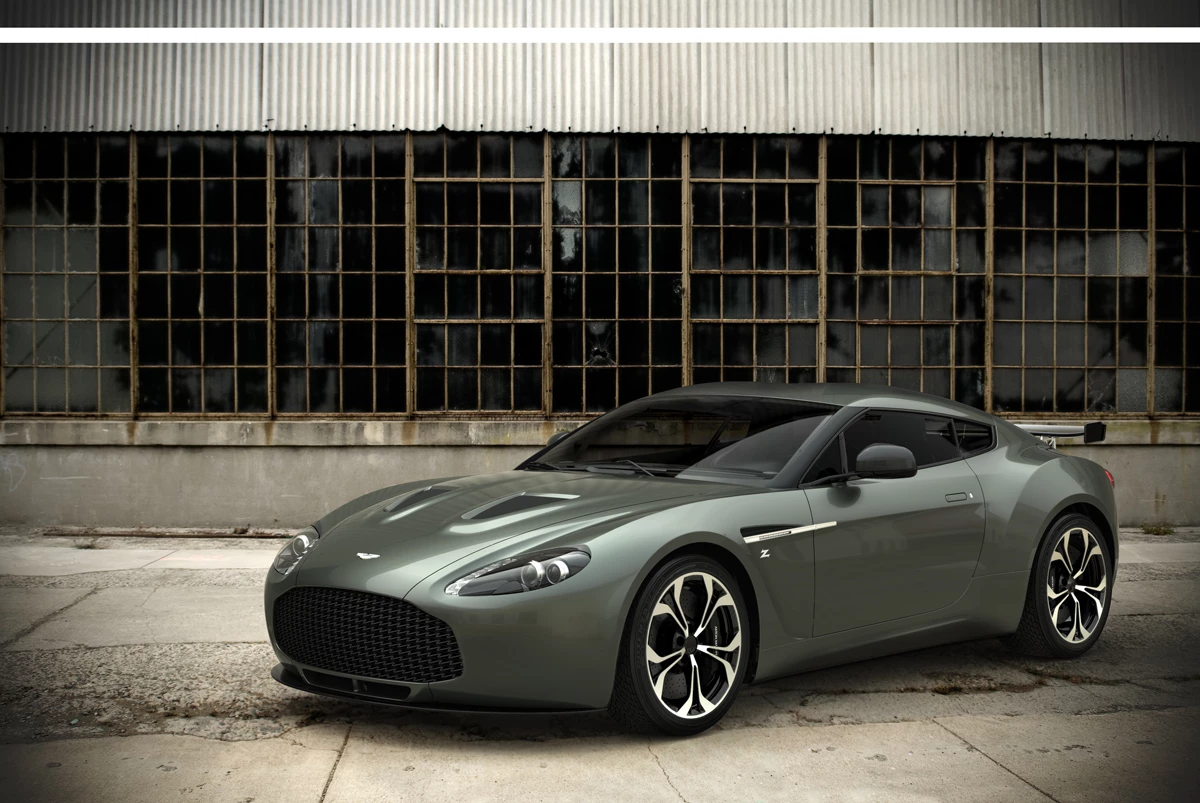Italian coachbuilders Zagato and archetypal Brit sports car company Aston Martin have had a relationship since 1960 when the Milanese artisans created a lightweight racing body for the DB4, by hand naturally. The 19 units made at that time all still exist and are valued at around US$6 million minimum apiece. While AM continues developing the replacement for its aging VH platform it still needs to make a buck and guaranteed collectors items seem to be immune to global financial instabilities. The new Zagato V12 is clearly influenced by that original DB4, and to a lesser extent the 1985 and 2002 incarnations, but here's the thing - was the new vehicle actually designed by the chaps at Aston Martin and not the sharp suits in Milan?
Yes is the answer. Apparently both the Zagato people and the AM design team submitted final designs and the one from AM was deemed to be closer to the spirit of the "lightweight racer" concept. If you look at the sketches from Zagato shown below you can see that the actual car is more elegant than their "plumper" proposal (center sketch).
As one can imagine, Zagato is a little sensitive about all this but its clear that Aston Martin wanted a run of 150 cars and that Zagato are not in a position to be able to physically manufacture a run that long anyway. Most of the work was always going to be carried out in the UK, replacing the assembly line of another hand-crafted special vehicle, the even more exclusive One-77, that has just completed its run. Cynical badge engineering? Maybe, but brand and perception are everything when selling vehicles at this level and in the end the car itself has to deliver.

So what do you get for the GBP330,000 (US$525,000) asking price? Racing is a big part of the mystique and two prototypes (nicknamed Zig and Zag) have already raced and completed the ADAC Nürburgring 24 hour endurance. The chassis and engine are unchanged from the Vantage 6.0 liter V12 (510bhp/380kW) but the body is a completely hand-sculpted aluminum and carbon fiber combination that takes 2,000 man hours to construct - the aim being to improve handling and performance by reducing weight.
The design features a number of obligatory Zagato touches, the large front grill, the deeply louvered bonnet, double-bubble roof-line (to accommodate your racing helmets of course), the distinctive rear pillar/rear screen crossover design and the round rear lamp clusters. The racing motif is further reinforced by the exposed rear carbon splitter and raised exhaust exits.
Aston Martin has declined to provide performance figures and one imagines that they feel, just as with the One-77, that's between them and their extremely wealthy clients. We'll have to wait until a friendly owner provides a car for somebody to test.To these eyes the design is not initially as pretty and coherent as the standard Aston Martin line but in many ways that's actually the point. This is meant to be the expression of a more extreme, brutal and practical racing tool with echoes of a "golden era," built by hand with (paradoxically for a racing car) with utmost care, precision and finish. Up close, the bodywork is fantastically detailed.
The interior is of course hand-finished in the finest quilted leather with acres of embroidery and carbon-fiber accents and four unique body paint colors have been created for the 100 hours of paint application required.

Discussion of whether the V12 Zagato is worth the money are of course meaningless. To those who have the means and the appreciation of the brand and historical references that the car embodies, it will be a very desirable piece of engineered art. There is no doubt that in and of itself it is a beautifully made object. In the end it may well also be an extremely astute financial investment. Time will tell. The finished production car will be on display at the Geneva Motor Show in March and first deliveries will be in Q4 2012.

















































